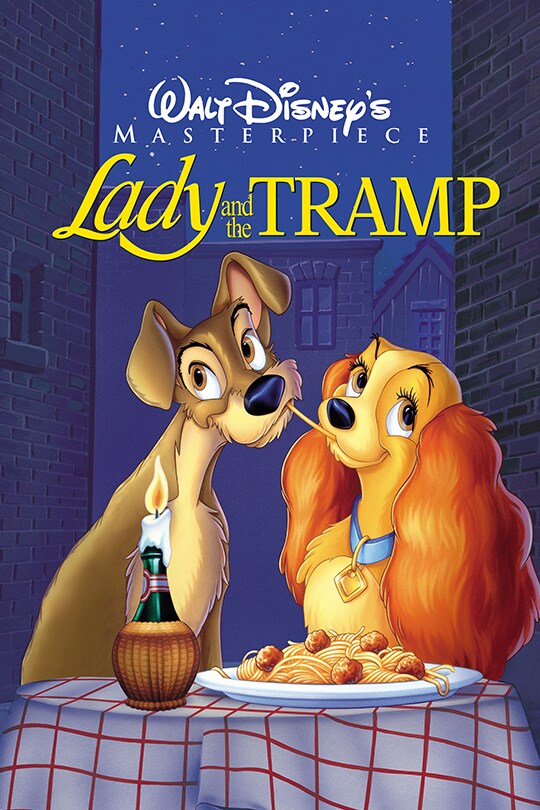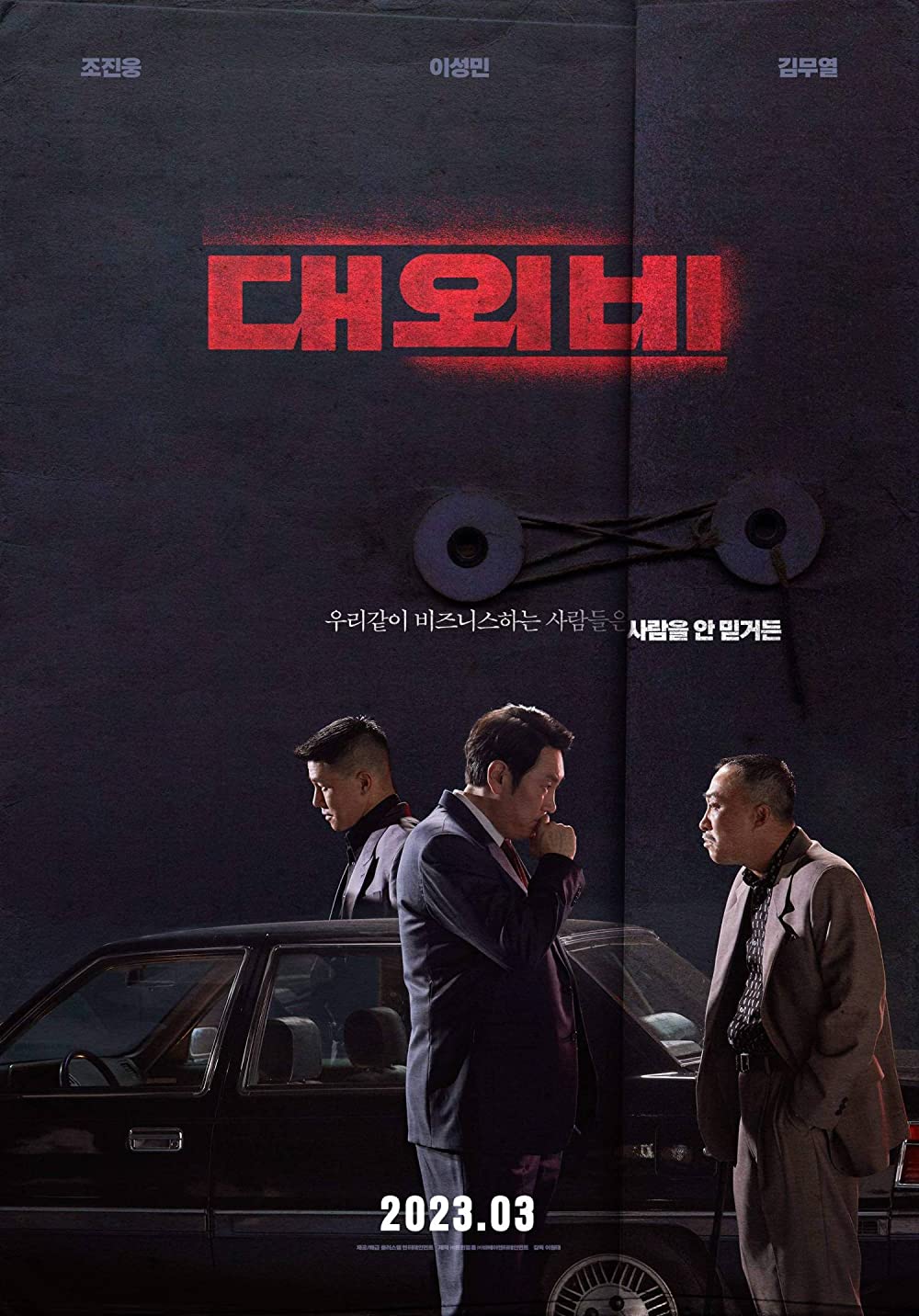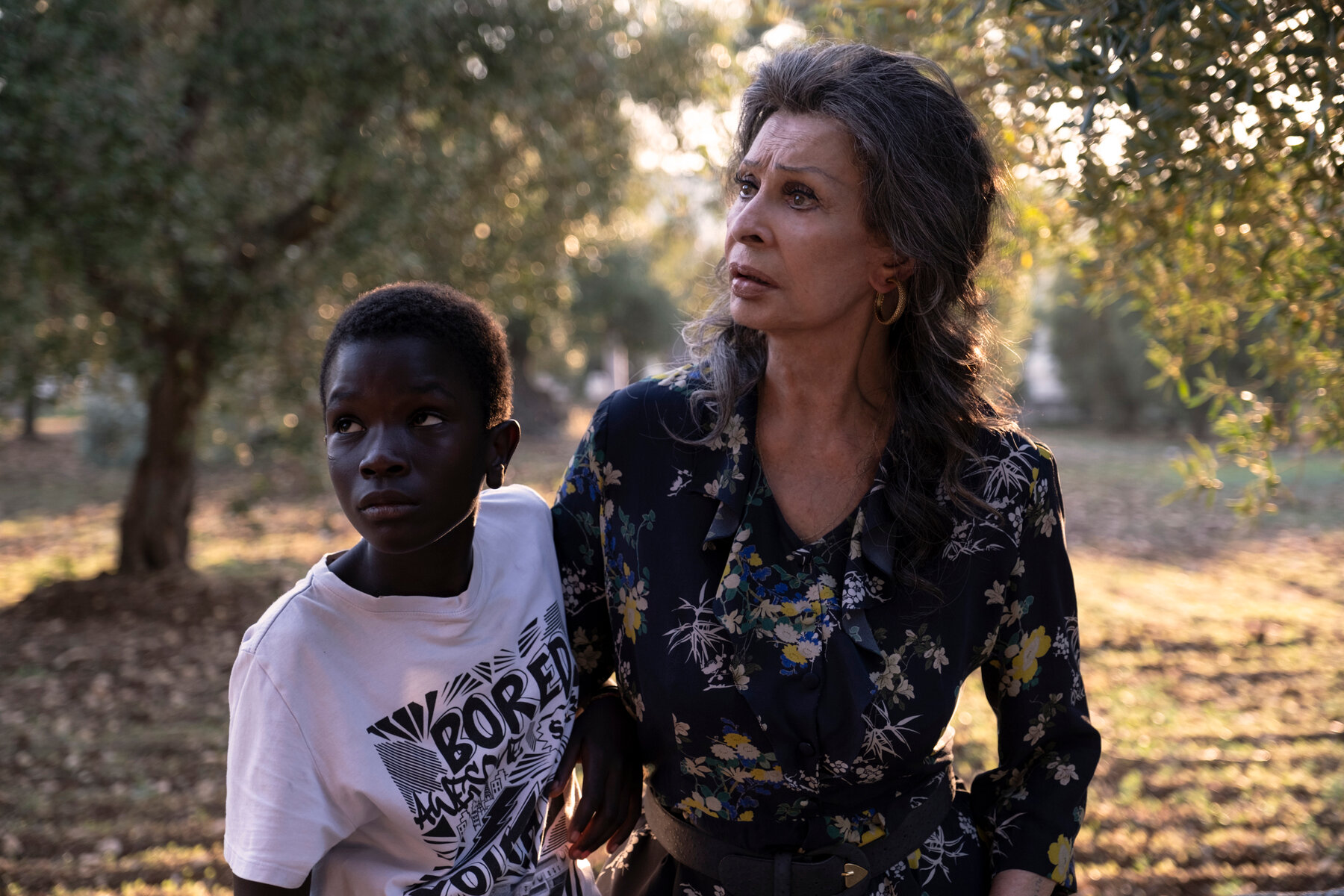Disney’s "Lady and the Tramp" is a beloved animated classic that has captured audiences’ hearts for decades. Renowned for its charming storytelling, memorable characters, and iconic songs, the film exemplifies Disney’s mastery in blending animation with heartfelt narratives. Released in 1955, "Lady and the Tramp" remains a significant milestone in animation history, showcasing innovative techniques and timeless themes that continue to resonate with viewers of all ages. This article explores the various facets of this enduring film, from its origins to its lasting legacy.
Overview of the Classic Disney Animated Film Lady and the Tramp
"Lady and the Tramp" is a romantic animated feature produced by Walt Disney and released in 1955. It narrates the story of Lady, an elegant cocker spaniel living a comfortable life with her human family, and Tramp, a street-smart stray dog with a carefree attitude. Their worlds collide when Lady ventures into the city streets and encounters Tramp, leading to a series of adventures that explore themes of love, loyalty, and societal differences. The film is distinguished by its warm storytelling, detailed animation, and a focus on the lives of dogs, offering a unique perspective on human social dynamics through their eyes. Its charming depiction of animal characters and their human-like personalities has endeared it to generations of audiences worldwide.
The film is set primarily in a picturesque suburban neighborhood and the bustling city streets of early 20th-century America. The narrative weaves together moments of humor, tension, and tenderness, culminating in Lady and Tramp’s romantic bond. The story emphasizes the importance of understanding and acceptance despite social class distinctions, making it a timeless tale with universal appeal. "Lady and the Tramp" also stands out as one of Disney’s earliest films to focus on animal protagonists with realistic behaviors and expressive animation, setting new standards for character development in animated movies.
The film’s release marked a shift in Disney’s animation approach, emphasizing more sophisticated storytelling and detailed artistry. Its popularity immediately upon release solidified its status as a classic, and it has since been celebrated for its charming depiction of canine characters and memorable scenes, such as the iconic spaghetti dinner. Over the years, "Lady and the Tramp" has been preserved as part of the Disney legacy, inspiring adaptations, merchandise, and a dedicated fan base. Its enduring appeal lies in its simple yet profound exploration of love and companionship, making it a cornerstone of Disney’s animated filmography.
The film’s influence extends beyond its storytelling; it also contributed significantly to the evolution of animated musicals, with its catchy songs and musical sequences becoming part of popular culture. Its blend of humor, romance, and social commentary continues to resonate, highlighting Disney’s ability to craft stories that appeal across generations. As a pioneering work in animation, "Lady and the Tramp" remains a testament to Disney’s commitment to quality storytelling and artistic innovation, securing its place as one of the most cherished animated films in history.
The Origins and Development of Lady and the Tramp
The origins of "Lady and the Tramp" trace back to Disney’s desire to create a feature film centered around animal characters, inspired by the success of their earlier shorts and the popularity of animal stories in literature and theater. Development began in the early 1950s, with Walt Disney himself taking a keen interest in the project. The concept was to craft a romantic story that could appeal to both children and adults, showcasing the lives of dogs with human-like personalities while exploring themes of love and social class.
The development process involved extensive research into canine behavior and social structures, which helped animate the characters with realistic mannerisms and expressions. Disney’s team of artists and animators worked diligently to bring the dogs’ personalities to life, emphasizing subtle facial expressions and body language. The story was adapted from various sources, including classic dog stories and popular literature, but was ultimately shaped into an original screenplay that balanced humor, adventure, and heartfelt moments.
One of the key developments was the decision to set the film in a specific historical period, early 20th-century America, which provided a nostalgic backdrop for the story. The environment influenced the design of the settings, costumes, and social interactions depicted in the film. The animation process also saw innovations, such as the use of the multiplane camera to create depth and realism in scenes, especially in the cityscape and bustling streets.
The production faced challenges, including the need to animate a large cast of dog characters with distinct personalities and voices. The creative team experimented with different animation techniques to capture the dogs’ expressions and movements convincingly. The film’s musical score was developed in tandem, with songwriters like Peggy Lee and Sonny Burke contributing to the memorable soundtrack. Overall, the development of "Lady and the Tramp" was a meticulous process that combined artistic innovation with storytelling ingenuity.
The project was also notable for its collaborative effort across departments, from story development and character design to music and technical animation. Disney’s commitment to quality and detail was evident throughout, ensuring that the final product would appeal to audiences and stand the test of time. The film’s development journey reflects Disney’s broader philosophy of pushing creative boundaries to produce animated films that are both entertaining and meaningful.
Key Characters and Their Roles in the Story
The central characters of "Lady and the Tramp" serve as the emotional core of the film, each embodying distinct traits that drive the story forward. Lady, the elegant and well-mannered cocker spaniel, represents innocence, loyalty, and the comforts of a privileged life. Her character’s journey begins with contentment in her domestic life, but her worldview broadens as she encounters new experiences and friendship. Lady’s gentle nature and expressive eyes make her a relatable and endearing protagonist, symbolizing unconditional love and the importance of family.
Tramp, the roguish yet charming street dog, is characterized by his independence, resourcefulness, and a carefree attitude. His life on the streets contrasts sharply with Lady’s sheltered existence, providing a perspective on social class and survival. Tramp’s character is initially portrayed as a mischievous troublemaker, but as the story unfolds, he reveals a caring side, especially in his affection for Lady. His witty dialogue and daring adventures make him a standout figure, embodying the spirit of adventure and resilience.
Supporting characters enrich the narrative and add depth to the story’s themes. Jock and Trusty, the two older dogs, serve as wise and loyal friends to Lady, offering guidance and support. Their personalities reflect traditional canine archetypes—Jock’s cautiousness and Trusty’s gentle wisdom. The villain, a rat named Boris, provides comic relief and a touch of menace, while other canine characters, like the adorable puppy, introduce humor and innocence. These characters collectively highlight themes of loyalty, friendship, and social cohesion.
The human characters, though less prominent, play crucial roles in shaping the dogs’ worlds. Lady’s owners, Jim Dear and Darling, embody the loving family environment that Lady cherishes, while the neglect or indifference of certain humans underscores the importance of companionship beyond social status. The film uses these characters to explore the bond between humans and animals, emphasizing mutual affection and understanding.
Overall, each character in "Lady and the Tramp" contributes uniquely to the film’s narrative fabric. Their interactions and development underscore the film’s messages about love transcending social boundaries, acceptance, and the importance of genuine relationships. The rich characterization has helped maintain the film’s popularity, as audiences continue to connect with these memorable personalities.
Visual Style and Animation Techniques Used in the Film
"Lady and the Tramp" is celebrated for its sophisticated visual style, which reflects Disney’s commitment to realism and artistic detail. The film’s animation combines traditional hand-drawn techniques with innovative methods to create a vivid and immersive world. The backgrounds are richly detailed, capturing the textures of grass, fur, and urban settings, which contribute to the film’s sense of depth and atmosphere. The use of color is carefully calibrated to evoke mood and time of day, enhancing the storytelling experience.
One of the notable techniques employed was the use of the multiplane camera, which allowed animators to create a sense of depth by layering scenes with different foregrounds and backgrounds. This was particularly effective in cityscape scenes and in depicting movement, such as the bustling streets and the flowing river during the spaghetti dinner sequence. The animation of animal characters also demonstrated a high level of realism, with detailed fur, expressive eyes, and naturalistic movements that conveyed personality and emotion.
Character animation focused heavily on facial expressions and body language. Disney’s animators studied real dogs to accurately portray their behaviors and mannerisms. This attention to detail made the characters more lifelike and relatable. The film also utilized rotoscoping techniques for certain scenes, where live-action footage was traced to achieve more realistic movements, especially in complex actions like running or jumping.
The film’s visual style balances realism with a touch of stylization that enhances its fairy-tale quality. The use of soft shading and subtle lighting effects contributed to the warm, inviting tone of the film. The city scenes are bustling and lively, with dynamic camera angles that add energy and perspective. Overall, the animation techniques used in "Lady and the Tramp" set new standards for quality and realism in animated films at the time.
The meticulous craftsmanship in the visual design helped create iconic sequences, such as the romantic spaghetti dinner, which remains one of Disney’s most celebrated scenes. The combination of technical innovation and artistic sensibility resulted in a film that is visually captivating and emotionally resonant. "Lady and the Tramp" remains a benchmark in animation for its seamless integration of technical prowess and storytelling artistry.
The Musical Score and Iconic Songs of Lady and the Tramp
Music plays a vital role in "Lady and the Tramp," enhancing its emotional depth and memorability. The film features a memorable soundtrack composed by Peggy Lee and Sonny Burke, with lyrics by Peggy Lee and Sonny Burke, contributing to the film’s charm and timeless appeal. The songs are carefully integrated into the narrative, underscoring key moments and character development. Their melodic and lyrical qualities



